According to Estimation of the Number of Patients With Mitochondrial Diseases: A Descriptive Study Using in a nationwide database in Japan, 2.9 out of every 100,000 people in Japan suffer from a rare disease called mitochondrial disease. As with other rare diseases, mitochondrial diseases often lack effective diagnosis and treatment due to the long time required for spontaneous diagnosis and high misdiagnosis rate. The Rare Disease Diagnosis and Intractable Disease Research Center at Juntendo University has improved its diagnostic capabilities by combining research and diagnosis with whole genome sequencing technology. MGI spoked with Dr. Yasushi Okazaki, director of the Rare Disease Center at Juntendo University in Japan, about new discoveries in the treatment of rare diseases.
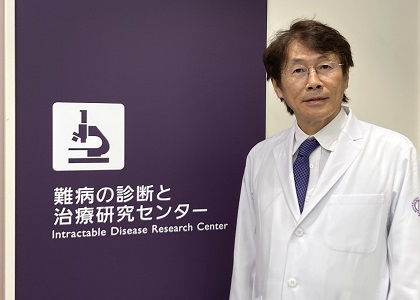
Professor, Diagnosis and Therapeutics of Intractable Diseases, Graduate School of Medicine, Juntendo University
Director, Intractable Disease Research Center
Director, Center for Genomic Medicine, Juntendo Medical School
Yasushi Okazaki, M.D.
After graduating from Okayama University Medical School Faculty of Medicine in 1986, he became a team leader at the RIKEN Center for Genomic Sciences, a Professor at the Department of Genomic Sciences of Saitama Medical University Research Center for Genomic Medicine, the Director of the Saitama Medical University Research Center for Genomic Medicine, and Director at the Genome Network Analysis Support Facility of RIKEN Center for Life Science Technologies, after which he assumed his current position in 2017.
He is a member of many academic societies including the Japanese Society for Hereditary Tumors (JSHT), the Japanese Society of Mitochondrial Research and Medicine (J-MIT), and the Japan Society of Human Genetics (JSHG). Certified Internal Medicine Physician, Certified Cardiologist, Certified Clinical Geneticist, Certified Industrial Physician.
After graduating from Okayama University Medical School, Dr. Okazaki began his medical career as a cardiologist, and after five years, when he had gained experience as a board-certified cardiologist, he suddenly realized that there was something else he should be doing, and entered graduate school to study genome medicine. This was around 1990 when the Human Genome Project was launched and was considered the world's second most ambitious project after mankind's landing on the moon.
"Now we can read the genomes of 20 people in about two days using one sequencer. In the beginning, starting around 1990 it took about 13 years to read the genome of just one person. And costing the world \140 billion to do so."
Q: Can you tell us something about the Intractable Disease Research Center?
The research center was established in 2016 to elucidate the etiology of intractable diseases and to develop therapeutic methods. The first director of the center was Dr. Hajime Arai, after which I've been serving as the Director of the center since 2017.
Q: What exactly is being done there?
Basically, we aim to diagnose and treat patients with intractable diseases who have not yet been successfully diagnosed.
To this end, it's necessary to accelerate translational research that closely links clinical departments and basic research. So we've established two divisions, the Laboratory of Genomic Medicine and Intractable Disease Research, which is a division for genome analysis, and the Laboratory for Intractable Diseases and Practical Application of Regenerative Medicine, a division for regenerative medicine.
The Laboratory of Genomic Medicine and Intractable Disease Research is based in the Department of Diagnosis and Treatment of Intractable Diseases, Graduate School of Medicine, and promotes the elucidation of pathogenesis and the development of treatment methods for patients with intractable diseases that are difficult to diagnose. Our research targets include mitochondrial diseases, which we've been involved in for many years, as well as hereditary tumors, very early-onset hereditary intestinal diseases, and other genetic diseases. The Laboratory for Intractable Diseases and Practical Application of Regenerative Medicine aims to create effective drugs for intractable diseases and to provide regenerative and other therapeutics, including patient-specific cell therapy, and to form a center for clinical research in advanced medicine.
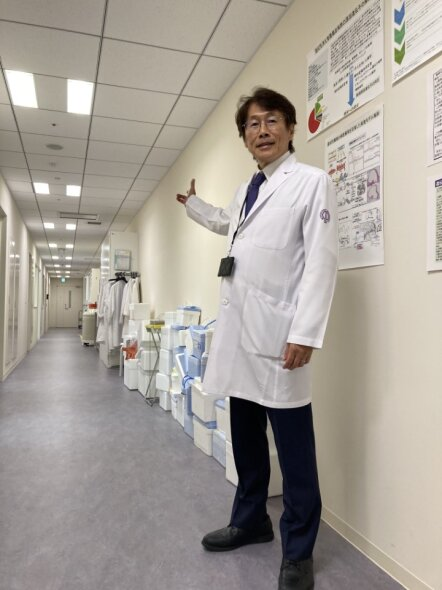
Our laboratory is equipped with a CPC (Cell Processing Center) and a Testing Center (laboratory and culture room). There, to offer an example, we culture cells from patients with diabetic gangrene to produce iPS cells, which are then returned to the patient's body for treatment. We're also conducting several clinical trials to create new treatment methods, such as immunotherapy in which immune cells called T-cells are extracted and returned to patients after they gain the ability to attack cancer cells.
We're also working to create an environment that facilitates the participation of young doctors, researchers, and graduate students, in order to make education, research, and medical treatment related to the diagnosis and treatment of intractable diseases, a reality.
Q: Can you tell us a little more about mitochondrial disease?
Mitochondria are found in cells throughout the body and are responsible for energy production.
Mitochondrial diseases are diseases caused by a decrease in the function of mitochondria. In many cases, people who are born with a genetic mutation that reduces mitochondrial functionality develop such diseases, and it's said that the rate is 1 in 2,000 births. Since the number of births in Japan is about 1 million per year, it means that about 500 people a year develop the disease. There are also cases in which mitochondrial function is reduced as a secondary side effect to medications, which are said to occur in approximately 1 in 1,500 to 5,000 patients.

Scenes from the lab
Most genetic diseases have one or two causative genes, but mitochondrial diseases are said to have about 1,500 causative genes. Over the past 15 years, we have collected a cohort of approximately 3,000 patients with mitochondrial diseases and have conducted panel sequencing and whole exome sequencing on approximately 2,000 of them to establish a genetic diagnosis system. The gene panel for clinical diagnosis contains approximately 400 causative genes that have been elucidated so far. Thirteen of these genes were discovered by us for the first time in the world.
When this genetic test for mitochondrial disease started being covered by insurance from 2020, the testing system itself was moved to the Clinical Laboratory to enable clinical testing as well. However, there are many patients who cannot be diagnosed with mitochondrial disease by this gene panel test. For those patients who haven't been diagnosed, further analysis is conducted as a part of our research with the consent of the patient. (For more information, click here.)
Q: What are specific short-term or medium-term goals?
Many patients diagnosed with intractable diseases visit Juntendo Hospital, where the Intractable Disease Research Center is located. In addition, with the opening of a new Juntendo University-affiliated hospital (tentative name: Saitama International Center of Advanced Medicine) scheduled for November 2027, Juntendo University will have a total of seven medical facilities, and the number of patients under its care will increase even more. In such an environment, our goal is to create a genome infrastructure based on the genome data of more patients with intractable diseases in about three years or so, and furthermore, to establish a system to promote clinical trials using the genome information and big data of patients accumulated through electronic medical records. Since I started out as a cardiologist, I'd like to connect the results of our research to treatments in the field, for patients seeking a cure that has yet to be found.
Q: Are there any diseases that you would like to focus on and research in particular?
First and foremost is mitochondrial disease. Then we'd like to focus on neuromuscular diseases. Juntendo's Department of Neurology probably has the largest number of outpatients in Japan, and since doctors specializing in Parkinson's disease are developing treatments, we are also looking to collaborate with such specialists.
In addition, there are many patients with rare diseases such as Crohn's disease, ulcerative colitis, and other inflammatory bowel diseases in the Department of Pediatrics, so we're focusing our research on genome analysis of these diseases. Unlike adults, most abnormalities in newborns are due to hereditary causes, so genetic testing has a high probability of leading to the diagnosis of these diseases. Even in cases where genetic testing fails to diagnose the disease, we can consider ways of dealing with the problem. We would like to create a system that allows us to promptly collaborate with doctors in the field.
As for the aforementioned mitochondrial diseases, although not for all, there are cases in which, upon diagnosis, we learn that it may be possible to treat those that couldn't be targeted with conventional treatments by using nucleic acids. I would like to conduct research on nucleic acid therapeutics, which may be found through such genome analysis. I'm also considering doing research to find patients with mitochondrial diseases that would be suitable for N-of-1 therapy as outlined by the Japan Agency for Medical Research and Development (AMED).
Q: We would like to know why you chose MGI's products.
Currently, for mitochondrial diseases we use MGI's equipment on a rental basis because the cost of testing for approximately 400 causative genes would be too high to be covered by insurance.
The reason for choosing MGI's equipment is its reasonable price, as I've already experienced at RIKEN in the past.
Q: Can you tell us about the quality of the data?
The equipment we use is a DNBSEQ-G99 sequencer and an MGISP-100 library preparation system, and a major reason for choosing those machines is the high quality of their data. I have a good understanding of MGI's high level of technological capabilities, and I also appreciate the company's efforts to obtain medical device approval.
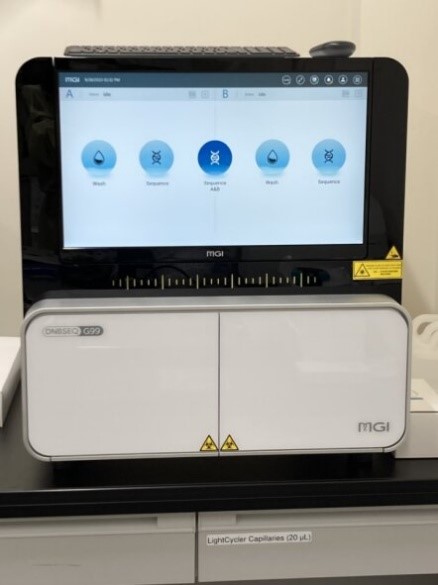
DNBSEQ-G99
In the future, I would like MGI to create products that can perform faster and more accurate tests for the next generation and beyond in this era of the Genome Project, in order to enable the development of better diagnosis and treatment methods. And I hope that MGI will also put in the effort to further reduce costs.
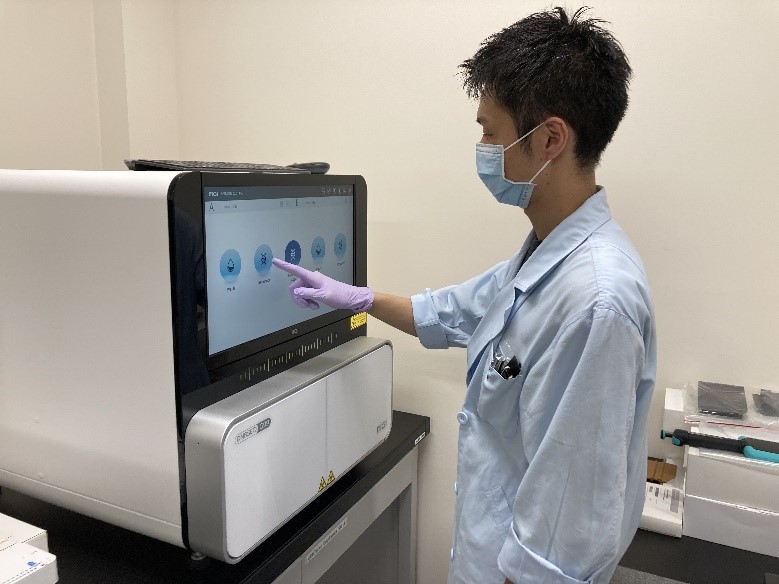
Testing the DNBSEQ-G99



 Sequencer Products: SEQ ALL
Sequencer Products: SEQ ALL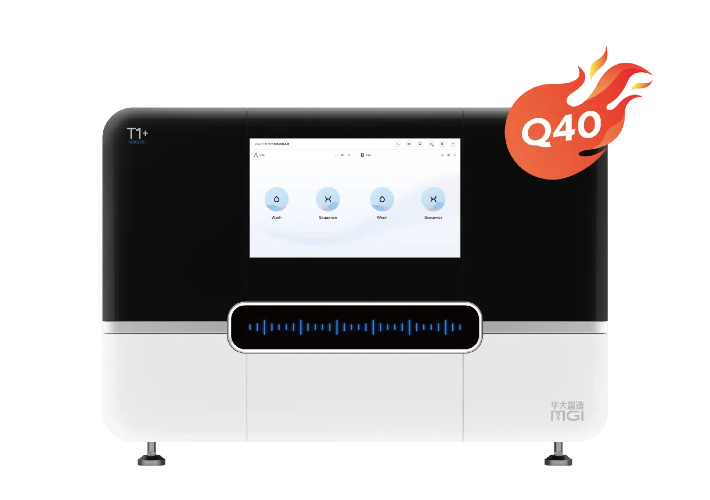
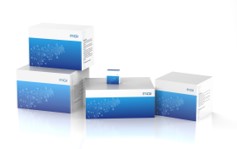
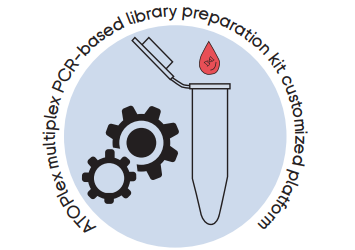
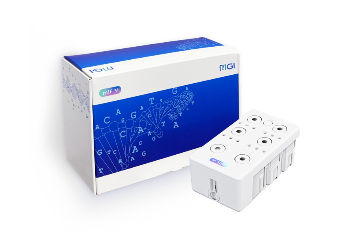
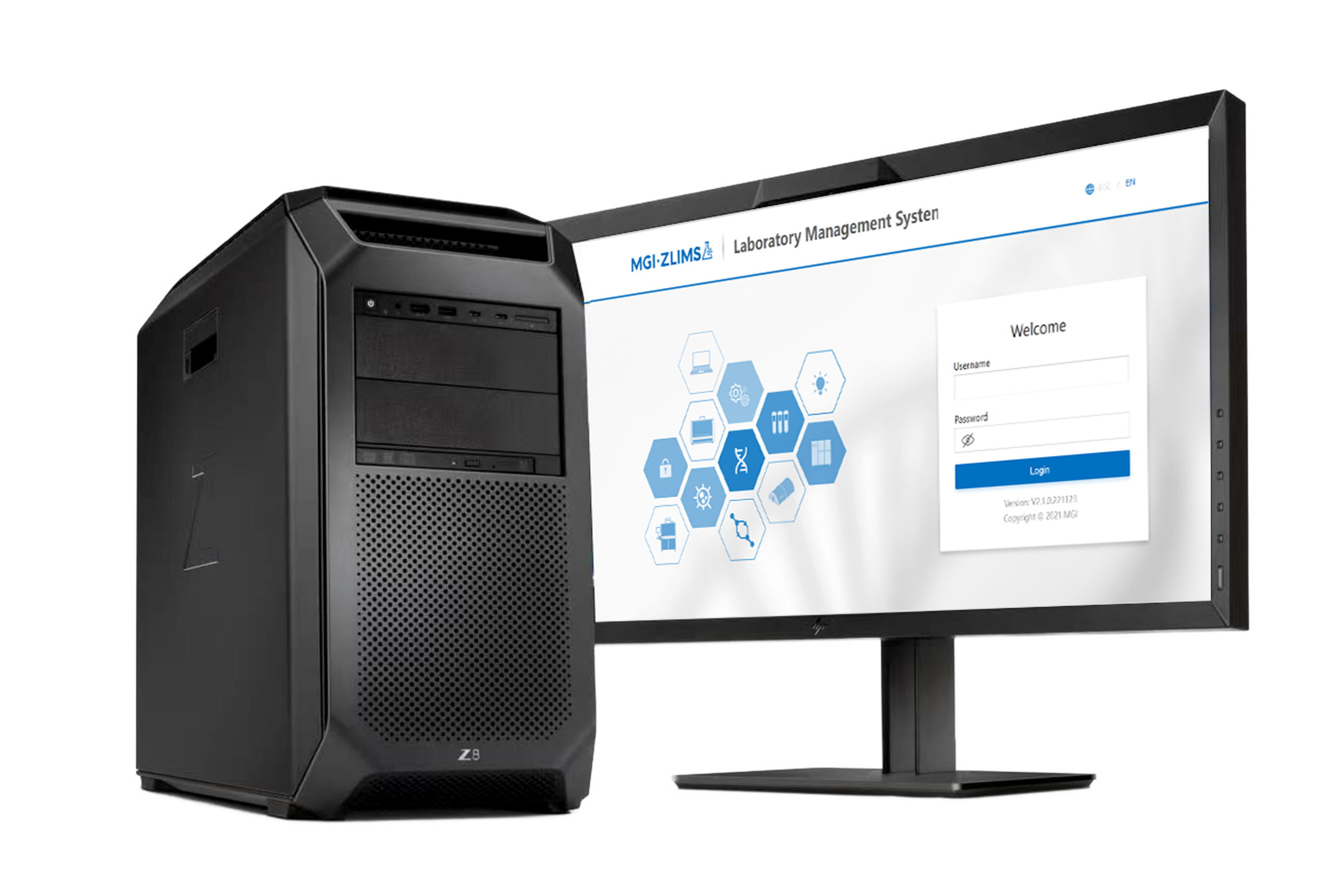
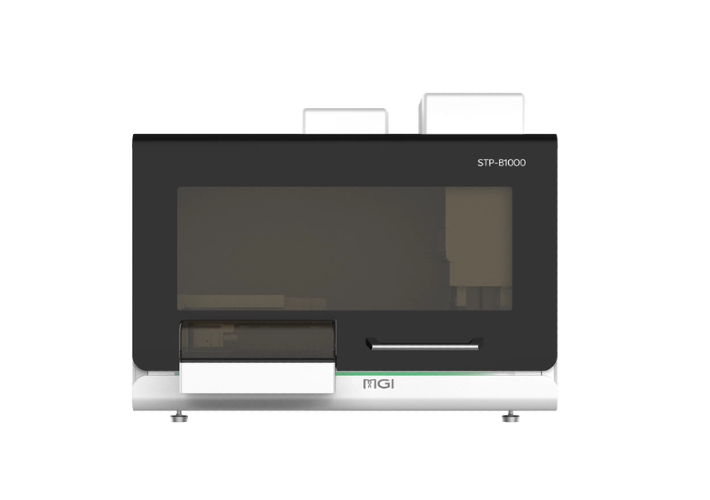
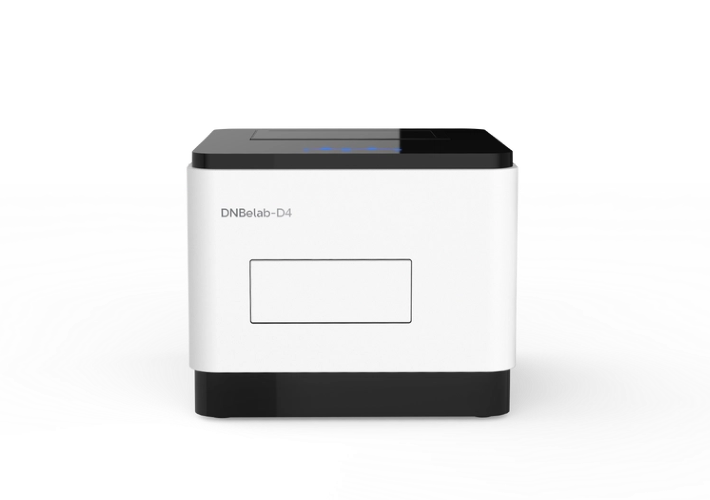
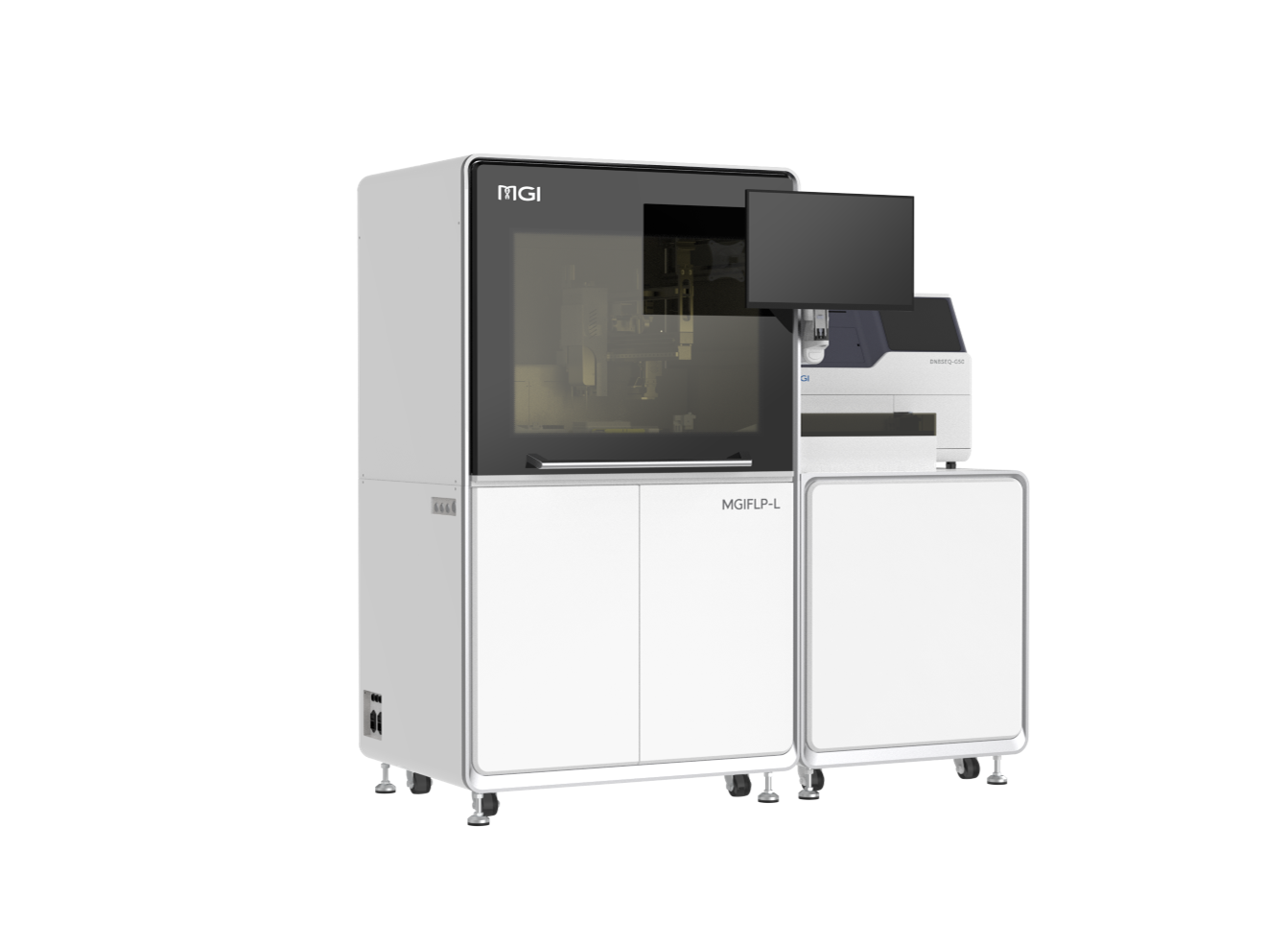
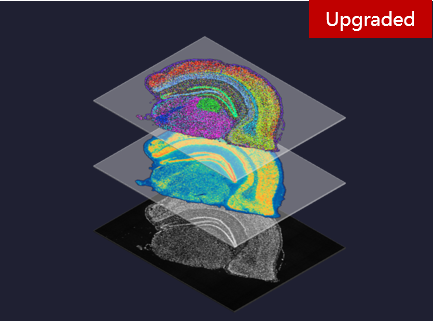

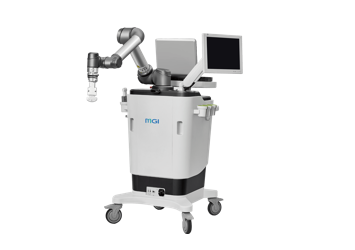
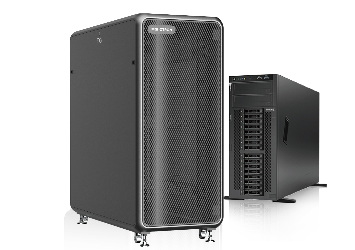
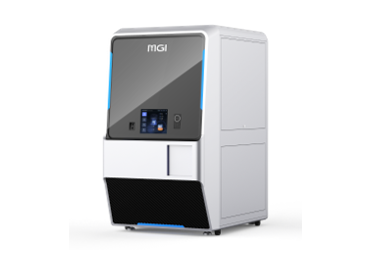
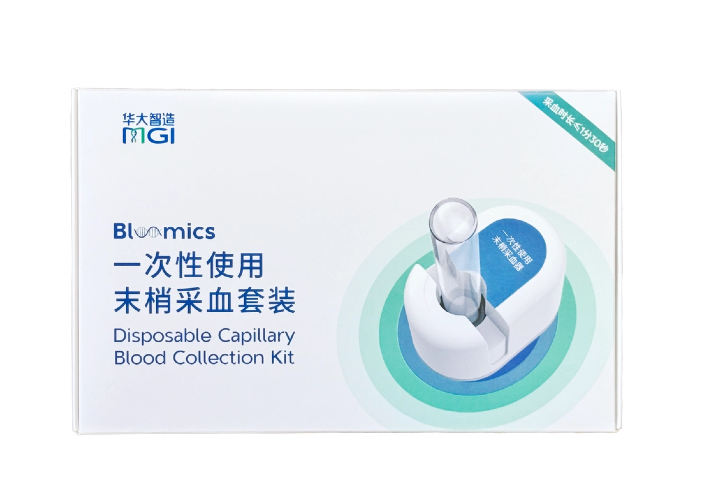
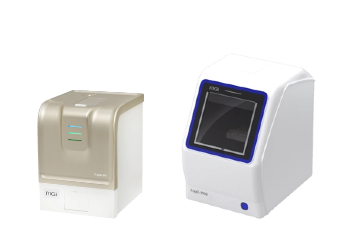

 Technologies
Technologies Applications
Applications Online Resources
Online Resources Data Bulletins
Data Bulletins Service & Support
Service & Support Global Programs
Global Programs Introduction
Introduction Newsroom
Newsroom Doing Business With Us
Doing Business With Us Creative Club
Creative Club













